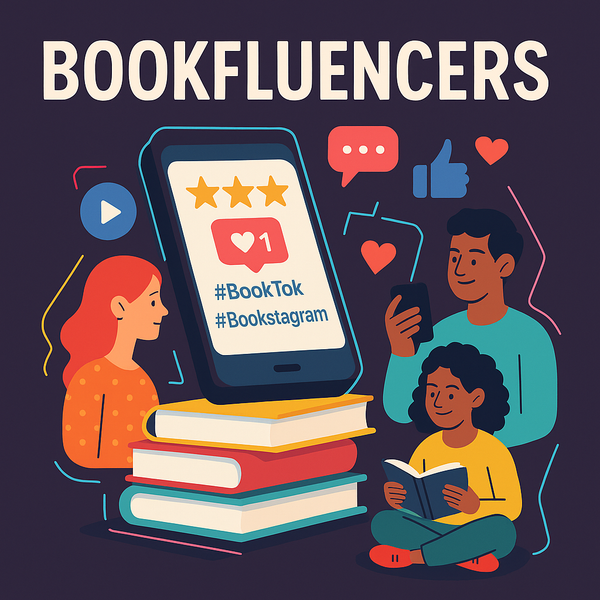Do you need a Hybrid Publisher or can you go Fully Indie?

Understanding your publishing options
In 2025, the publishing world offers more choices than ever before. Authors are no longer limited to sending query letters and hoping for the green light from a traditional publisher. Today, you can shape your own publishing path, with hybrid publishing and fully independent (indie) publishing standing out as two of the most talked-about options. Both routes can lead to a professionally produced book, but the experience of getting there and what you gain along the way, can be very different.
The Hybrid Approach
Hybrid publishing is often described as the middle ground between traditional publishing and self-publishing. It blends elements of both worlds. In this model, the author invests financially in the book’s production, while the publisher provides professional services such as editing, cover design, formatting, distribution, and sometimes marketing.
For many writers, the appeal is obvious. You have experienced professionals guiding your project from manuscript to market. Your book benefits from established distribution channels, which can mean easier access to bookstores, libraries, and media. You also gain the credibility of being associated with a publishing brand that has a track record.
However, this path comes with trade-offs. Hybrid publishing requires a significant upfront investment, and while you retain more say than in traditional publishing, some creative or business decisions will still rest with the publisher. Royalties are typically higher than with a traditional deal but lower than what you’d keep as an indie author.
Going Fully Indie
Indie publishing puts you in the driver’s seat for the entire journey. You decide who edits your book, who designs your cover, how the formatting looks, and how you want to market it. You choose your distribution platforms and set your own pricing. Every choice, from the tone of your back cover blurb to the schedule of your promotional campaign, is yours.
The advantages are undeniable. You have complete ownership and control, and you can adapt quickly if you want to rebrand your cover, adjust your pricing, or update your manuscript. Financially, indie publishing offers the highest potential royalties because you’re not sharing profits with a publisher.
But with freedom comes responsibility. Indie publishing requires a willingness to either learn the publishing process in detail or invest in hiring the right professionals. It can be a steep learning curve for first-time authors, and the workload is substantial. You’re not just the writer, you’re the project manager, marketer, and brand strategist.
Factors to consider before choosing
Deciding between hybrid and indie publishing comes down to your personal priorities. Here are some questions to ask yourself:
- How much time can I realistically dedicate to learning and managing the publishing process?
- What is my budget for production and marketing?
- How much creative control do I want to retain?
- Am I seeking long-term career growth or aiming for a one-time passion project?
If you’re eager to focus mostly on writing and let others handle the technical and logistical details, hybrid publishing might be the better fit. If you’re entrepreneurial, enjoy having full control, and are prepared to manage a lot of moving pieces, indie publishing could be the perfect match.
When Hybrid makes sense
Hybrid publishing can be the right choice if you value professional polish but don’t want to oversee every single detail. It’s also appealing for authors with a budget to invest who want the reassurance of an experienced team guiding them. If you have a book that you feel has strong commercial potential and want it positioned strategically in the market without you having to personally build all the connections, hybrid can save time and reduce overwhelm.
When Indie is the better choice
Indie publishing is ideal for authors who value full autonomy, want to maximize their earnings, and are ready to take on, or delegate, the various roles of publishing. If you enjoy learning new skills, have a vision for your book’s branding, and like the idea of building a direct relationship with your readers, indie publishing offers unmatched flexibility and control.
A blended approach
It’s worth noting that some authors use both paths over the course of their careers. You might choose hybrid publishing for your debut novel to benefit from industry expertise and connections, then move into indie publishing once you feel more confident. Or you could self-publish certain projects while partnering with a hybrid publisher for others.
Final thoughts
There’s no universal “right” answer, only the path that best serves your goals, resources, and creative vision. The beauty of today’s publishing landscape is that you have the power to choose. You can adapt, experiment, and shift directions as your career evolves.
Platforms like PubliWrite give indie authors access to professional tools, marketing resources, and a supportive community, making the independent route more manageable and rewarding. Whether you go hybrid or fully indie, the most important thing is that your book reaches readers—and that the publishing process aligns with the way you want to work.
Publishing isn’t just about putting words on a page. It’s about crafting an experience for your readers and building a career that reflects your values. Whichever route you choose, make it one that leaves you proud of both the book you’ve created and the journey you took to get it there.





